The catalytic converter is tougher than most parts found in your car. That’s because it needs that toughness to withstand high operating temperatures. But it can still break down or fail due to rust, impact damage, or engine performance problems.
If the converter breaks down while you’re on the road, can you keep driving your car? Is it safe to drive without a cat-con? How long can you drive before you have to replace it? What if your catalytic converter is stolen?
Let’s answer some of these questions.
Driving with a Bad Catalytic Converter: Is it Possible?
Technically, yes. Older cars ran just fine before catalytic converters became commonplace in the 1970s. So, if your question is whether your car will run without one, then it most certainly will. But the other question you should be asking is—should you risk it?

First, what you need to know is that tampering with the catalytic converter in any way is illegal. You cannot remove or disable this component, and doing so could cost you several thousand dollars in fines. This is especially true in states like California, which has pretty strict laws regarding vehicle emissions.
Another problem is that removing the light-off catalyst (the one closest to the engine) from a modern car (newer than 1996) will trigger the check engine light due to the OBD 2 catalyst efficiency monitor. The light-off catalyst has an oxygen (O2) sensor behind it that measures the oxygen storage capacity of that particular converter. Six- and eight-cylinder engines will have two of these light-off converters (one for each bank), while four-cylinder engines will have only one. And for each light-off catalyst, there is an O2 sensor monitoring the exhaust stream directly behind that catalyst. Parts stores refer to this O2 sensor as a “downstream O2 sensor.”
The rear catalyst isn’t monitored for O2 storage and won’t trigger the check engine light (MIL) if removed. But if that catalyst is removed, it will always cause the vehicle to fail emissions testing.
So in states and cities where emissions testing is a requirement, removing either the front or rear catalytic converters will cause your vehicle to fail the emissions test. As a result, you will be unable to get your registration renewed until the vehicle’s emissions system is restored to OEM specifications.
What about a situation where the converter is intact but not working properly? Well, that will obviously cause your vehicle to fail emissions testing. If the powertrain control module’s catalyst monitor function determines a monitored converter’s O2 storage capacity has deteriorated, a diagnostic trouble code will be stored.
This will also be true if the converter is clogged because the honeycomb brick has broken up or gotten seriously damaged by external impact. Your car may exhibit symptoms ranging from a slight lack of power and a noticeable loss of fuel economy to a dreadfully sluggish running engine or even a no-start.

Typically a catalyst that has failed so that it affects the way the vehicle performs deteriorates slowly enough that it may not be noticeable at first. Some people will ignore a mild loss of power and/or even an illuminated check engine light and continue to drive until the failure becomes severe. The point is that if the converter is simply suffering from a decline in efficiency, you can continue driving without having to worry about your car breaking down. But you will, in states where emissions testing is required, eventually need to have repairs done.
How Long Can You Drive Without a Catalytic Converter?
Vehicles can be driven without a catalytic converter. There are vehicles in non-emission testing areas that have had their catalytic converters removed, but removing a cat-con is against the law in every state, even those that don’t enforce emissions standards. If you remove the converter yourself (a reputable shop won’t usually do this for you), just know that intentionally disabling the emission system on a vehicle is considered a serious offense. And the government can legally fine you many thousands of dollars for doing so.
In the event your catalytic converter has been stolen, you’ll know as soon as you start your vehicle. The loud, booming idle is a giveaway that your catalytic converter has been sawed off. You may be able to file an insurance claim to have the exhaust system repaired, although we recommend installing a catalytic converter protection shield preventatively. Protecting your vehicle with an easy-to-install shield, such as one from Cat Security, can help you avoid theft altogether and save you thousands.
Is it Safe to Drive With a Bad Catalytic Converter?
To answer the question, let’s begin by saying that a missing converter and a failed converter are two different things. If the vehicle will run well enough to get you from point A to point B, then yes, it’s safe to drive. But catalytic converters don’t always fail the same way.
If the converter has failed or is missing, safety won’t be a factor. But you’ll want to replace the converter as soon as you discover the failure or theft. Also, never buy any vehicle that has had its converter removed unless you plan to repair the exhaust to make it legal again. After all, “safe” is a relative word. You might be physically safe, but legally unsafe.
Further, if your catalytic converter is clogged or breaking up internally to the point that it’s robbing your vehicle of power, it may not be a good idea to continue driving. Driving in thick, fast traffic (like a crowded interstate near a large city) with a vehicle that doesn’t perform the way it is supposed to can cause serious road accidents.
And remember, a faulty converter means increased tailpipe emissions, even if you don’t see or smell anything from the exhaust. This isn’t environmentally friendly. Also, carbon monoxide (one of the three gasses the converter deals with) can kill people in enclosed spaces. The risk is greatest when there are exhaust leaks and the vehicle is idling for an extended period with people inside.

And again, if the converter has mechanically failed to the point that it restricts exhaust flow, it will cause engine performance problems. But there won’t usually be any damage to other parts of your car. A notable exception to the “no usual damage” statement above would be a converter that gets extremely hot (like RED hot, which can and does happen). There have been parked vehicles that set dry grass on fire. Remember, most fuel tanks on modern cars are plastic, as are some of the fuel lines. That fire-under-the-car situation is deadly and can set fire to the whole car, not to mention the danger to people in or around it along with other cars.
A notable exception to the “no usual damage” statement (if the converter has mechanically failed to the point that it restricts exhaust flow, causing engine performance problem) would be a converter that gets extremely hot (like red hot, which can and does happen). There have been parked vehicles that set dry grass on fire. Remember, most fuel tanks on modern cars are plastic, as are some of the fuel lines. That fire-under-the-car situation is deadly and can set fire to the whole car, not to mention the danger to people in or around it along with other cars.
–Richard McCuistian, ASE Certified Master Automobile Technician
What is a Catalytic Converter?
The catalytic converter is an emission control device found in the exhaust system. First introduced in the 1970s, it quickly became standard issue equipment on most vehicles.
Today, federal and state laws require its presence on nearly all vehicles. As previously mentioned, it’s illegal to remove, modify, or deliberately damage the converter for whatever reason.
What Does a Catalytic Converter Do?
A three-way catalytic converter transforms three pollutants—oxides of nitrogen, hydrocarbons, and carbon monoxide—into harmless water and carbon dioxide.
NOx is created when the combustion chamber’s “burn” temperature rises above 2500 degrees Fahrenheit because the atmosphere is 78% nitrogen and 21% oxygen. When atomized hydrocarbon fuel is ignited in the combustion chambers, it superheats the nitrogen, causing it to expand. This is what drives the piston during combustion events. However, at high temperatures, NOx is formed because oxygen becomes bound to nitrogen.
Exhaust gas recirculation (EGR) is an emissions system component that re-introduces some inert, oxygen-free gas to the intake stream while the vehicle is above idle. This cools the combustion burn to prevent NOx.
As for the hydrocarbon (HC), every molecule of HC wants to get “married” to two molecules of oxygen when the spark happens. Uniting the oxygen with the carbon happens when the spark triggers a combustion event. When the air/fuel mix is right, the aftermath of this explosion is CO2, which is the same thing people and animals breathe out.
If there is slightly too much fuel, some molecules of HC only get one molecule of oxygen (CO) or NO molecules of oxygen, leaving the HC to exit the engine all by itself. The catalyst breaks NOx down to nitrogen and oxygen, then adds oxygen molecules to the CO and HC to convert them to CO2. A byproduct of engine combustion (by default) is water vapor, which is as harmless as CO2.
The converter uses precious metals to trigger chemical reactions that change the toxic gases into safer substances without changing the converter itself. That’s what a “catalyst” does.
Here’s a helpful video about how catalytic converters work:
You can also check out this video for tips on how to replace your catalytic converter:
Symptoms of a Bad or Failing Catalytic Converter
There are warning signs that your vehicle’s catalytic converter has failed or is starting to fail. They include:
- Illuminated check engine light
- Lack of acceleration
- Stalling
- Hard starting or a vehicle that won’t start at all
In most cases, the only sign of a failed converter will be an illuminated check engine light. But in instances where the converter becomes clogged or restricted, issues such as lack of acceleration, stalling, and hard starting may occur.
To summarize, it’s possible but illegal and potentially unsafe to drive a car with a missing or bad catalytic converter. If you must operate your vehicle before you can afford a replacement cat-con, try to keep your trips brief and drive only to nearby locations.
Where to Get a Catalytic Converter for Your Vehicle
If you’re experiencing any of the issues listed above, you’ll likely need to shop for a new catalytic converter. Thankfully, you don’t need to look any further than CarParts.com. Here, we take the guesswork out of finding the perfect replacement part for your ride.
Our website makes it easy for car owners like you to find replacement or performance parts that fit your ride and have the specs you need. Simply use our vehicle selector to view the catalytic converters that are compatible with your ride. Then, change the filters based on your preferred brand, price range, emissions, and type.
Choose from direct-fit, semi-universal, and universal catalytic converters sourced from the most trusted manufacturers in the industry. Our warehouses are also strategically placed across the country, so you can expect your order at your doorstep in a few days.
Don’t put up with the hassles caused by a faulty catalytic converter. Order a top-notch replacement today!
Products Mentioned in this Guide
Shop this Project



Any information provided on this Website is for informational purposes only and is not intended to replace consultation with a professional mechanic. The accuracy and timeliness of the information may change from the time of publication.



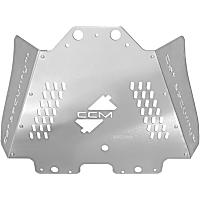 Catalytic Converter Security Shield
Catalytic Converter Security Shield
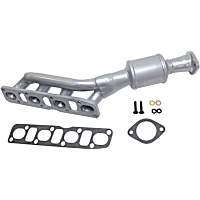 Catalytic Converter
Catalytic Converter
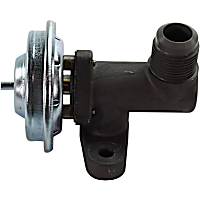 EGR Valve
EGR Valve

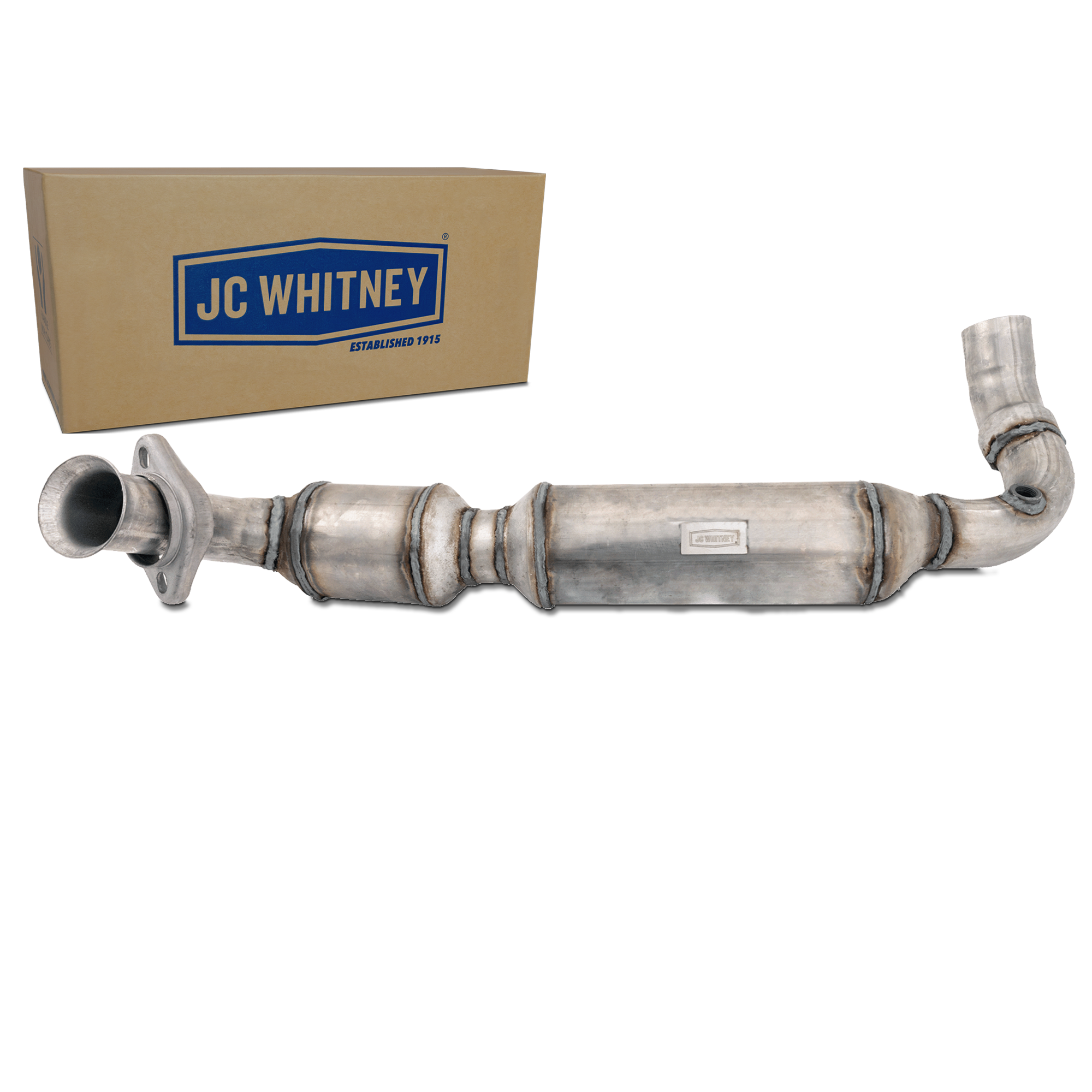
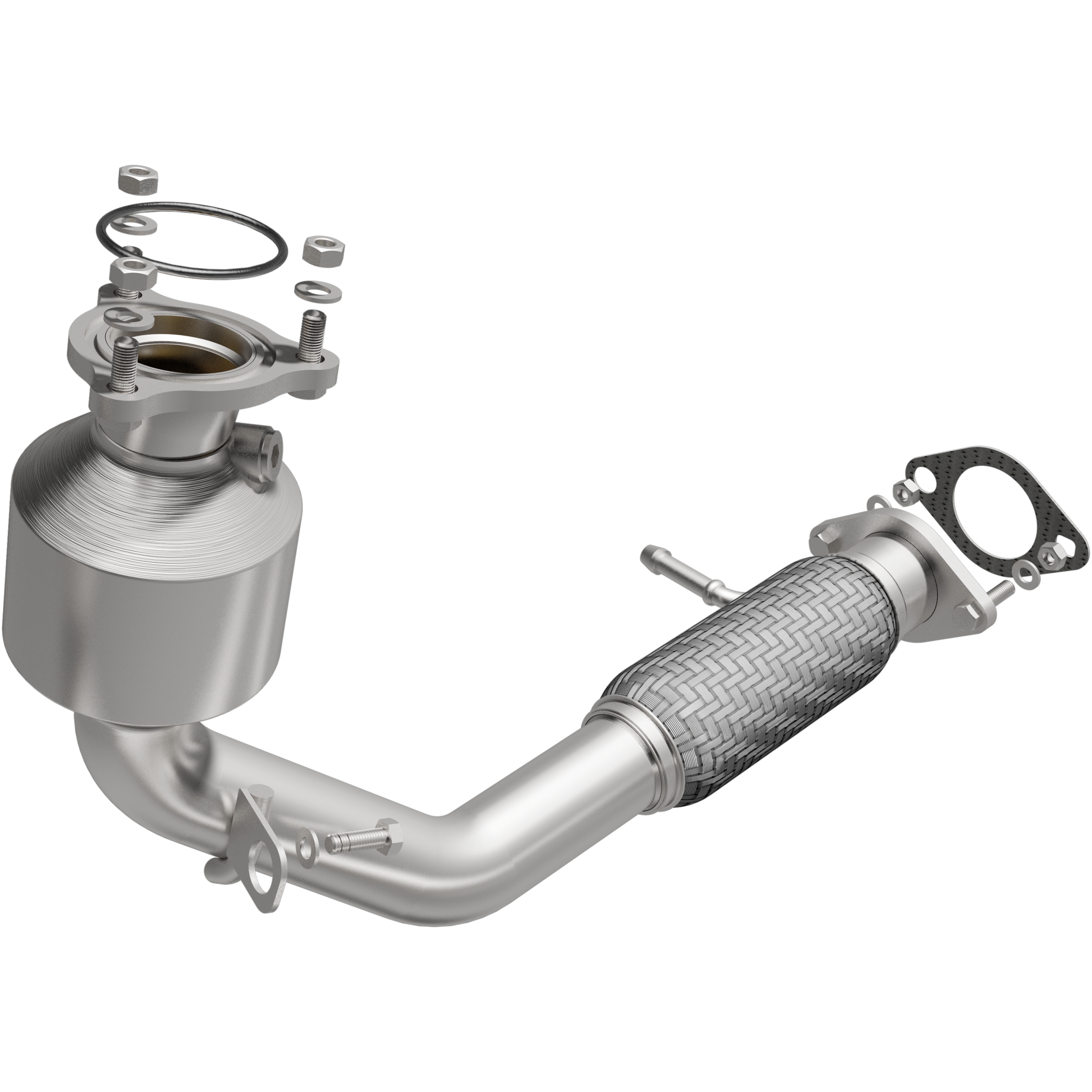





























I have 2001 toyata prius and the red triangle came on just yesterday since I had it 5 months now. And the man that I bought it from said someone stole the Cadillac converter so the shop replaced not with a straight pipe.. what I’m asking is what’s the red triangle mean I have no owner’s manual he didn’t give one to me.
My 2003 Toyota Camry started having issues last week when I was driving on the highway. I’d had a code for the catalytic converter for several months, but continued driving anyway, and the car ran ABSOLUTELY FINE (except sometimes when I’d reverse out of my parking spot and shift into drive, sometimes, it would jerk when I stepped in the gas. Idk if I was hitting gas too soon, or what. May or may not be related, idk), however, on the highway, my car felt like it “stuttered” a few times really quick going up a hill. The next hill, it wouldn’t accelerate up it. I can drive the car now, but not over ~2500 Rpm and not much over 40mph.
I had it professionally diagnosed and was told it was the catalytic converter that was the issue and needed replaced for a minimum of $1200.
I’ve also learned that I could potentially straight pipe the exhaust for MUCH cheapert than the full replacement cost quoted. Now, in the county my car is registered in, I do not need emissions to get my car legal again (problems with the car/finances the past 2 years have prevented this).
Does this sound to YOU like a catalytic converter issue? Can a 03 Camry be straight piped? Are there any possible future dangers to straight piping this car? Is it cheaper than replacing the CAT? And is it illegal, if my car does NOT require emissions testing?
Hi Michael,
Yes, the issue you’re experiencing could very well be the catalytic converter. If the mechanic told you that’s what it is, I would believe them. A clogged catalytic converter can create enough exhaust backpressure to choke the engine, hindering performance.
Unfortunately, it is illegal to remove or tamper with emissions equipment, even in areas that do not require emissions testing.
-Mia, Chief Mechanic @ CarParts.com
I have a 2001 toyata prius and the red triangle came on since I had it about 4 months ago what’s the red triangle mean??
Hi Britt,
The red triangle indicates there’s a problem with the hybrid drive system. I recommend taking your car to a shop that works on hybrids to have the issue diagnosed.
I have 2005 Nissan Xterra, the 4 cat converter had been stolen and I want know if the absence of cat converter can have negative effects on the performance of O2 sensor which might lead to high fuel mileage.
Thanks.
Hi Emmanuel,
The upstream (before the catalytic converter) O2 sensor is the primary input to the powertrain control module (PCM) for fuel control. That being said, the PCM often uses the downstream (after the catalytic converter) O2 sensor to fine-tune the air-fuel mixture. So, yes, driving without the catalytic converter can lead to reduced fuel mileage. Furthermore, driving without the converter can cause other problems (as this article mentions) and your vehicle will be very loud. So, you’ll want to replace the converter right away.
Hi what do you do with the sensors when you have a straight pipe where the catalytic converter use to be? Do they just hang there or take off ?
Hello,
Removing your catalytic converter and installing a straight pipe is illegal. We recommend installing a replacement catalytic converter with the appropriate bungs for the O2 sensors.